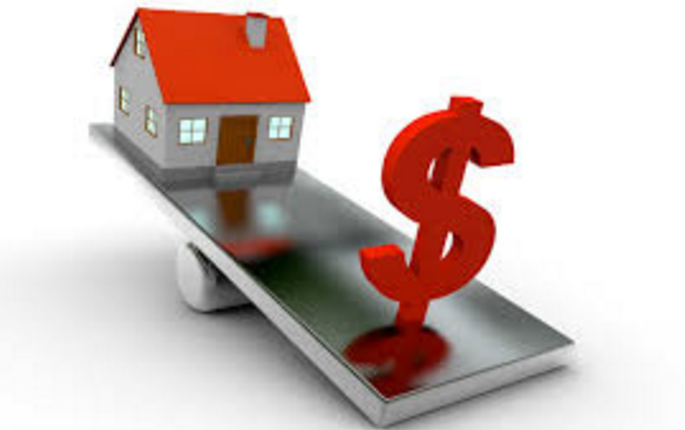Housing affordability crisis creates spiral of disadvantage

Millions of Australians move house each year, but new research has highlighted that while many are upgrading their homes and living standards, housing affordability problems are sorting many of the nation's most disadvantaged into areas with fewer opportunities.
The findings – published this month in the journal Applied Geography – are the result of research into housing affordability and home owner and rental mobility, conducted by the University of Melbourne, University of Adelaide and University of South Australia.
"Our research has highlighted both the unequal nature of Australia's cities and the economic and social processes that keep poor places poor," says lead author Associate Professor Emma Baker, from the University of Adelaide's School of Architecture & Built Environment.
"About 15% of Australians move house each year, and generally they're looking to move to places that are better than the ones they left, with good access to employment, quality environments and social settings. But our research suggests that this average statistic hides a troubling story.
"The more economically vulnerable people in our communities tend to make more frequent, multiple moves – and each time they're living in slightly worse accommodation in less advantaged areas. Essentially, the poor move to poor areas where they become even more disadvantaged," Associate Professor Baker says.
Study co-author Associate Professor Rebecca Bentley from the University of Melbourne's School of Population and Global Health says this has immediate as well as intergenerational implications.
"We're seeing some families being pushed into areas with fewer opportunities, poorer access to resources and higher transport costs. In some cases, jobs can't be found, or are simply too far away to be practical," she says.
"In the current climate of the ongoing housing affordability crisis, and highly localised house price differentiation, more and more Australians are forced to move through the housing market because of the unaffordability of their housing. This is much more than a simple supply problem. Cities are shaped by the people who live within them," Associate Professor Bentley says.
The authors say current political discussion around "smart cities" should also consider that people need smarter solutions to housing affordability.
"Smart cities of the future will need to address the consequences of housing-generated social and economic inequalities in Australia," says Professor Andrew Beer, Dean of Research and Innovation at the University of South Australia.
"In the 1970s, Gough Whitlam proclaimed that in modern Australia an individual's health, wellbeing and life chances were shaped more by where they lived than by the job they held, their religion, race or ethnicity. These issues remain just as relevant today.
"In 2016 the political rhetoric around the urban agenda has no such commitment to social ideals, but instead assumes that building more highways, railways and trams will produce better, more productive cities. But we know it doesn't work that way," he says.
More information: Emma Baker et al. Housing affordability and residential mobility as drivers of locational inequality, Applied Geography (2016). DOI: 10.1016/j.apgeog.2016.05.007
Provided by University of Melbourne


















